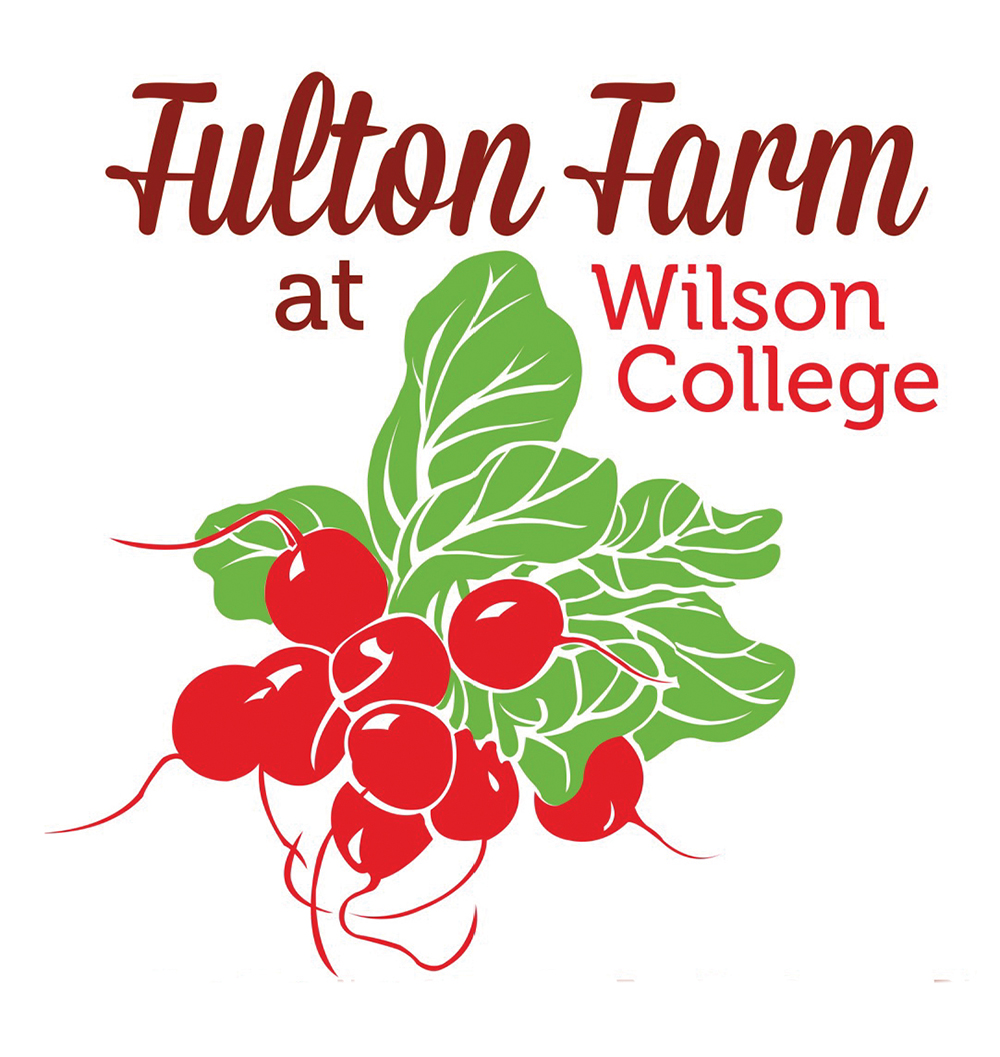By Jennifer Cisney
 If you are an impatient gardener, you can count on radishes to be the first vegetable to show up to the party. This crispy, slightly spicy root veggie is fast-growing, taking only 25 days to go from seed to harvest. The scientific name for radishes is even Raphanus, a Greek word which means “quickly appearing.” Radishes are also easy to grow, making it a perfect choice for those new to gardening. An added benefit to having radishes in your garden is they protect nearby crops from unwanted pests like beetles and worms. A certain chemical that radishes release into the soil is a natural pest repellant.
If you are an impatient gardener, you can count on radishes to be the first vegetable to show up to the party. This crispy, slightly spicy root veggie is fast-growing, taking only 25 days to go from seed to harvest. The scientific name for radishes is even Raphanus, a Greek word which means “quickly appearing.” Radishes are also easy to grow, making it a perfect choice for those new to gardening. An added benefit to having radishes in your garden is they protect nearby crops from unwanted pests like beetles and worms. A certain chemical that radishes release into the soil is a natural pest repellant.
Radishes originated from China, and spread to ancient Egypt, Greece, and Rome. Ancient Egyptians placed them in tombs as offerings and ancient Greeks made gold radishes as offerings to the Greek god Apollo. By 1629, radishes had made their way to Massachusetts.
There are several varieties of radishes, such as daikon, black radish, and the most popular red globe radish. A radish’s flavor is in the skin so if peeled, it loses that peppery bite. Radish leaves and sprouts are also edible in salads or side dishes.
When it comes to nutrition, these little roots pack a punch. They are a great source of vitamin B6, vitamin C, riboflavin, folic acid, calcium, fiber, potassium, and magnesium. One cup of sliced radishes is only 19 calories, and they are low in sodium.
Radishes are good for the digestive system because they are high in fiber, and they also contain a special antioxidant compound that detoxifies the body. Eating radishes can reduce the risk of heart disease and high blood pressure.
In the past, some cultures had superstitions involving rajs. Some people believed you could keep away evil spirits by carrying a radish in your pocket while others looked to it as a symbol of fertility.
Every December 23, the city of Oaxaca, Mexico hosts an annual festival called Noche de Rábanos, or the Night of the Radishes. During the event, participants carve large purple radishes into all kinds of sculptures to compete for prizes.
In the United States, farmers grow radishes across the country, with California and Florida leading in production. The U.S. consumes 400 million pounds of radishes in one year.
You can be sure to find radishes amongst the other vegetables at Fulton Farm on the campus of Wilson College. Radishes have become the farm’s spokes-vegetable. Back in the early days of the farm, artist Anne Finucane, also one of the first members of the farm’s Community Supported Agriculture (CSA), volunteered to create an image that Fulton Farm could use in its marketing. Her design features a cluster of nine red radishes. Finucane shared, “I am still always really inspired by the freshness of local produce, and radishes, with their beautiful combination of bright red and green, are a favorite.” Finucane continues to paint, draw, and make block prints of vegetables that are available at the local Chambersburg artist co-op, The Foundry. Today you can still find that design on Fulton Farm t-shirts and the farm’s Facebook profile picture.
Simple Radish Sandwiches
 INGREDIENTS
INGREDIENTS
1 small baguette or other bread
8 tablespoons ( 1 stick) of room temperature, unsalted butter
8 radishes, thinly sliced
Flaky sea salt, such as Maldon salt
INSTRUCTIONS
Generously spread butter on your sliced baguette or other bread.
Sprinkle on the salt. Layer the radishes slices over the butter.
NOTES
Try experimenting with herbs added to the butter such as
thyme or dill.




